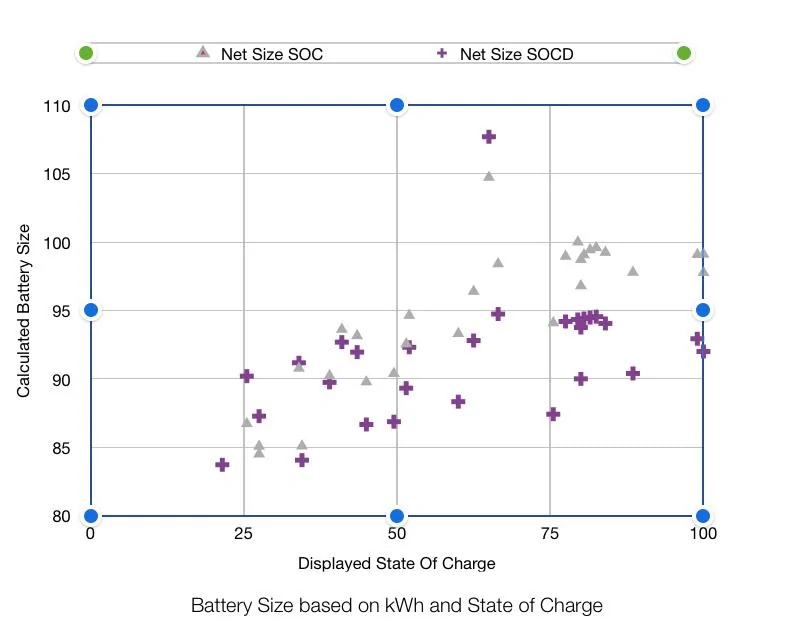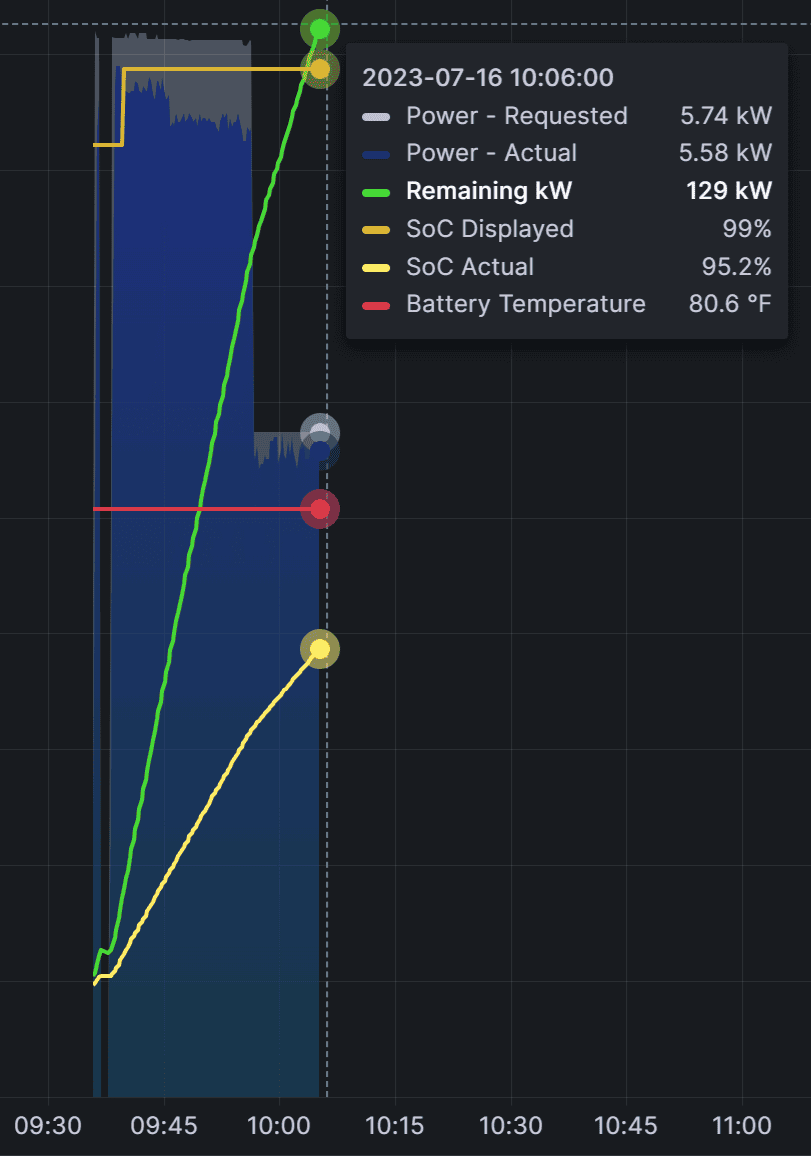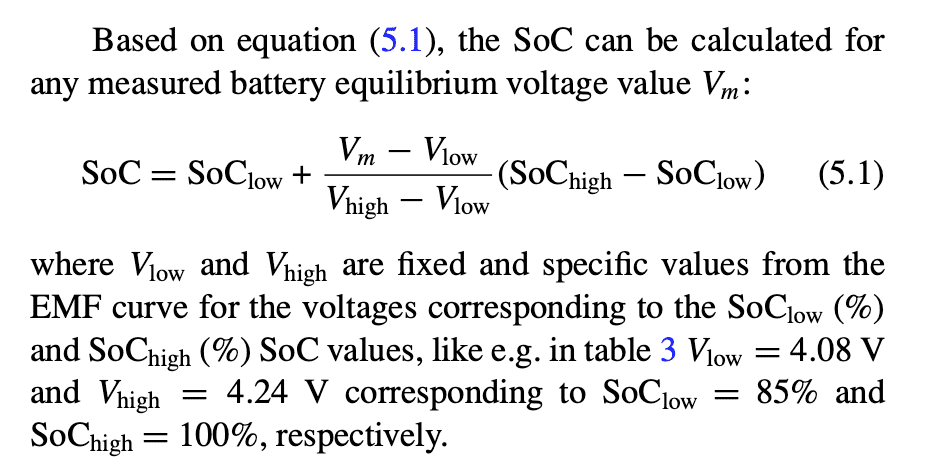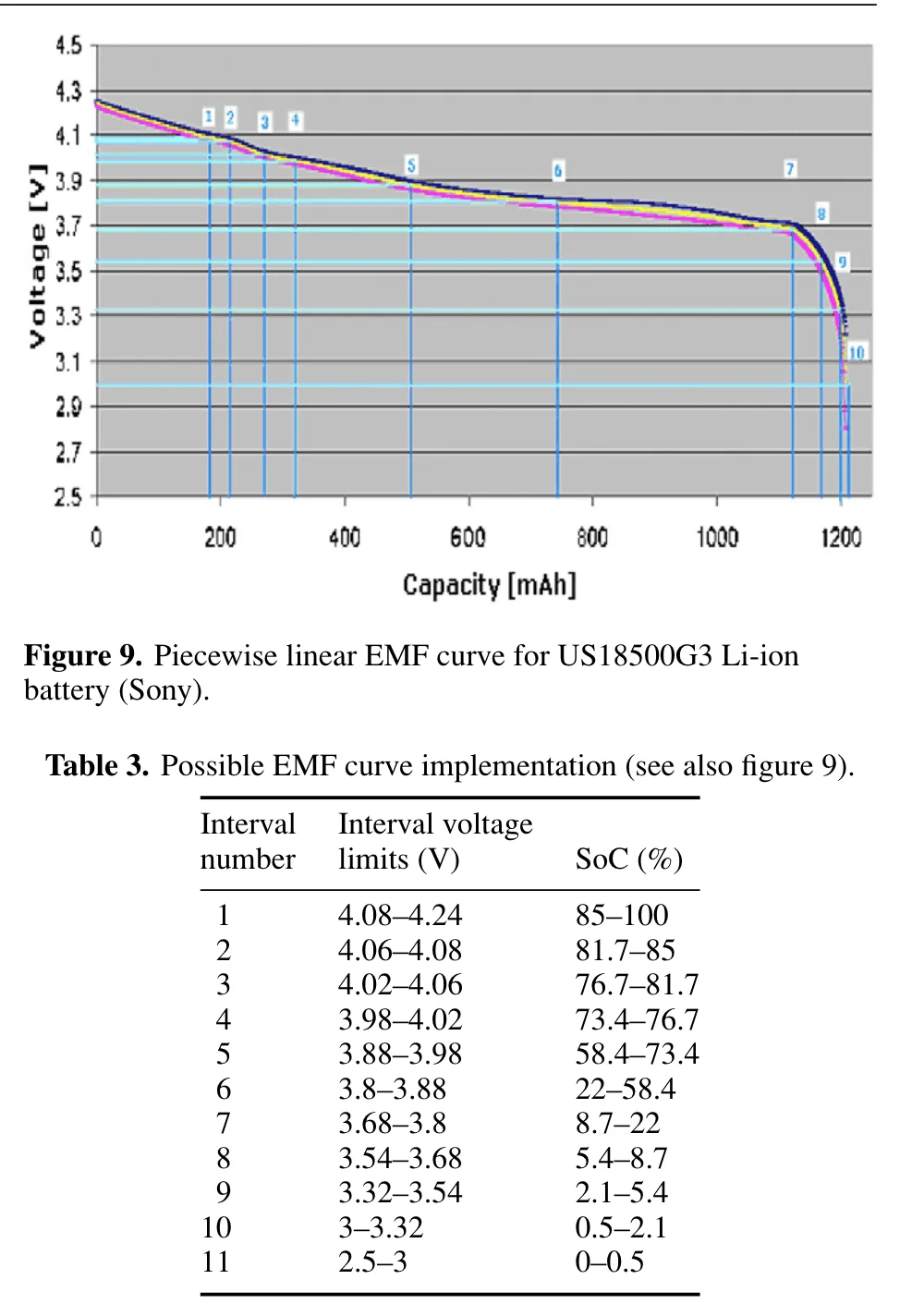Newton
Well-known member
- Thread starter
- #16
That is what I believed, but the data does not seem to support that. If you take the kWh and divide it by the battery percentage at any given time you will obtain the battery size. If this were true, I should be seeing a constant size (whatever the true battery size is) with this calculation. Instead it is all over the place. In a way this is good because it indicates that the truck's idea of the battery size is based on some measurable parameters rather than just forcing it but it shows that these measurements are not particularly consistant.Actual is based on the full battery size of 143kWh, including the buffers. Displayed is the usable amount.
They cross around 35% due to the top and bottom buffers.

Sponsored






